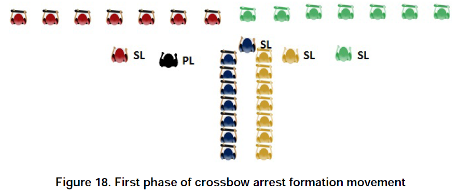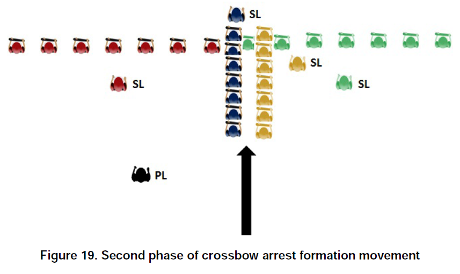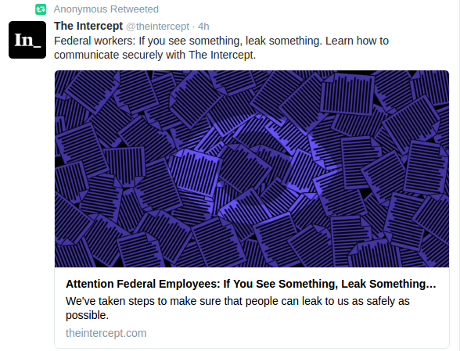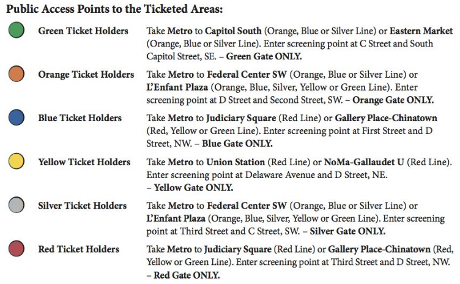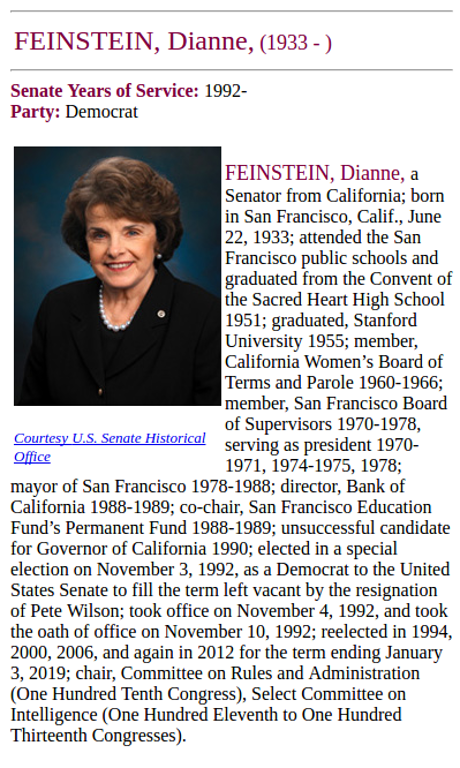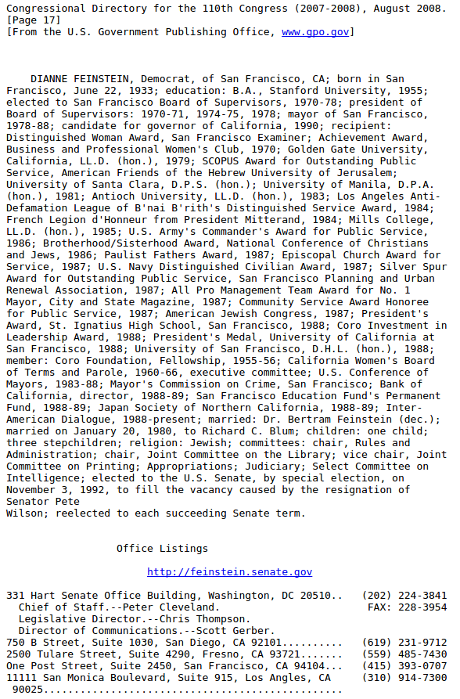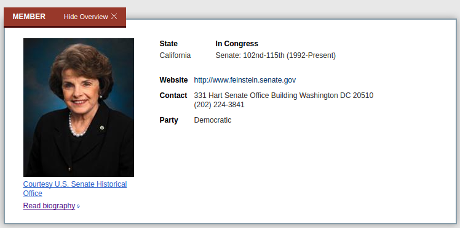Beryl Lipton writes in FEMA Field Force manual offers protesters insights into the future of crowd control:
Though construction on the Dakota Access Pipeline has halted for now, the lessons for law enforcement and protesters are still percolating. For the former, they’ll likely find themselves one day studying the event as they prepare for future mass gatherings, maybe in a guide just like the one distributed by the Federal Emergency Management Agency (FEMA) to North Dakota law enforcement in September.
… (graphic of DHS omitted)
Obtained by Unicorn Riot via a request to the North Dakota Department of Corrections, an agency with far fewer individuals in its custody than attended the protest at Standing Rock, the manual is a Field Force Operations training program for students, a crash course in eight parts on how to deal with a mixed crowd of lawful and unlawful dissenters.
…
I extracted the Field Force Operations PER-200 manual, from the zip file posted at MuckRock for your reading/access convenience.
As a government training document, allegedly “our” government, the manual fails in a number of aspects.
Consider its efforts to demonize protesters:
…
b. Protesters. Not every protester is the same nor should be viewed the same by law enforcement. By better understanding protesters, law enforcement officers can make better choices on how to respond. A small group of unruly protesters can stand out from the peaceful majority—often comprised of others who just want to be there along with innocent bystanders accidentally caught in the melee.
(1) Everyday citizens. Most protests include everyday citizens gathering through their First Amendment right to peaceably make their voices heard (Driscoll, 2003).
(2) Professional protesters. These people train or are trained in protester tactics often by direct action organizations that promote two universal messages: First, intervention demands responsibility. Second, a smaller harm is acceptable if it prevents a greater harm. One interpretation of this second message is that it is acceptable for protesters to break laws they consider less important like vandalism to prevent a greater harm like environmental damage. Some activism organizations may produce booklets that demonstrate use or construction of devices, including the infamous Road Raging – Top Tips for Wrecking Roadbuilding (Road Alert!, 1997).
(3) Anarchists. These people aim to disrupt, often seeking to challenge authority and capitalism at any cost. They are frequently young college students who express themselves through the destruction of property. Anarchists may mix into peaceful protests despite the efforts of the nonviolent protesters to limit destructive activities—leading to fighting sometimes between protesters. One common anarchist technique is the black bloc (violent, destructive activity), demonstrated at the Occupy Seattle protests.
… (at page 106)
If you think that lacks a charitable attitude towards ordinary people out-raged as some government misconduct, consider this listing of the “types” of individual protesters:
…
(1) Impulsive. These short-tempered people are the kind who are always spoiling for a fight and only need a fancied insult or a slight provocation to excite them to violence or incite others to violence.
(2) Suggestible. People who get into the action early and are easily influenced to follow the lead of the more violent.
(3) Cautious. Individuals who wait for the cloak of anonymity to give them courage by hiding their identity.
(4) Yielders. Those who do not join the action until a large number of participants give the impression of universality. In other words, “Everyone is taking part, so why shouldn’t I?”
(5) Supportive. People who do not actively join the mob but who enjoy the show and even shout encouragement.
(6) Resisters. Persons whose standards of judgment are not swayed by the emotional frenzy of the mob but who maintain level heads. They can disagree with the actions of the majority.
(7) Psychopathic. Individuals with a pathological personality structure are angry at the world and seek to use a riotous situation as a means of getting even with society (FBI, 1967, p. 21).
… (page 108)
How’s that for a rhetorical move?
In three pages the reader is drawn from “everyday citizens” to a range of personality disorders that range up to the “psychopathic.”
Any reader instinctively feels a gathering of protesters is a boiling pot of crazy ready to explode.
A false worldview but one promoted by the FEMA manual.
Imagine you are a local law enforcement officer, with little or no personal experience with civil disobedience, being told by FEMA that protesters are the harbingers of chaos. What’s your reaction going to be?
It’s only one example but Julia Carrie Wong and Sam Levin report in: Standing Rock protesters hold out against extraordinary police violence:
…
Harkening back to an earlier era, when police in Birmingham, Alabama, attacked African American schoolchildren with dogs and high-pressure water hoses, North Dakota officers trained water cannons on hundreds of Dakota Access pipeline protesters.

On the night of 20 November, though, the temperature was below freezing and the protesters, who call themselves “water protectors”, were camping outdoors for the evening.
Water is just one many “less-than-lethal” munitions that have been trained against the activists.
“They seem to have almost an infinite arsenal of different types of weapons,” said Rachel Lederman, attorney for the National Lawyers Guild (NLG). “I don’t think local law enforcement understands how dangerous they are.”
Police have acknowledged using sponge rounds, bean bag rounds, stinger rounds, teargas grenades, pepper spray, Mace, Tasers and a sound weapon. The explosive teargas grenades in use at Standing Rock have been banned by some US law enforcement agencies because they indiscriminately spray people, Lederman said.
…
More than two dozen people were hospitalized and 300 injured during the conflict, according to the medic and healer council. One woman’s arm was nearly blown off, according to her father, and the complaint alleges that another woman was shot in the eye, resulting in the detachment of her retina and possible permanent blindness.
…
Question: Should “everyday citizens” be sprayed with water cannon in sub-zero weather and assaulted with sponge rounds, bean bag rounds, stinger rounds, teargas grenades, pepper spray, Mace, Tasers and a sound weapon?
That’s not a hard question is it?
I suspect every non-psychotic law enforcement officer at Standing Rock would answer no, just like you.
But Morton County sheriff Kyle Kirchmeier confirms the FEMA schooled view of law enforcement:
…
On Thanksgiving, Morton County sheriff Kyle Kirchmeier released a statement condemning the actions of “paid agitators and protesters” without offering any evidence that people were being paid to fight the pipeline. The department has not responded to requests to substantiate the claim.
In another statement that week, the sheriff said activists were not engaged in “civil disobedience” but were acting like “evil agitators”. The Mandan, North Dakota, police chief, Jason Ziegler, has asserted that law enforcement agencies “can use whatever force necessary to maintain peace”.
…
To be fair, numerous law enforcement agencies have declined to subscribe to this FEMA inspired madness, Sheriffs Across US Refusing to Send Police and Equipment to DAPL as Outrage and Costs Grow by Claire Bernish.
At least in this instance. When protests come closer to home is the real test of law enforcement avoiding the FEMA “…evil agitators….” psychosis.
Government training manuals that humanize protesters are less likely to result in protests being used as proving grounds for “less lethal” weapons.
Teaching police officers to see protesters as their kith and kin will make major strides in the humane treatment of protesters.
Police officers may realize they have more in common with protesters than with players far removed from consequences on the streets. (Is that what FEMA is trying to avoid?)
































